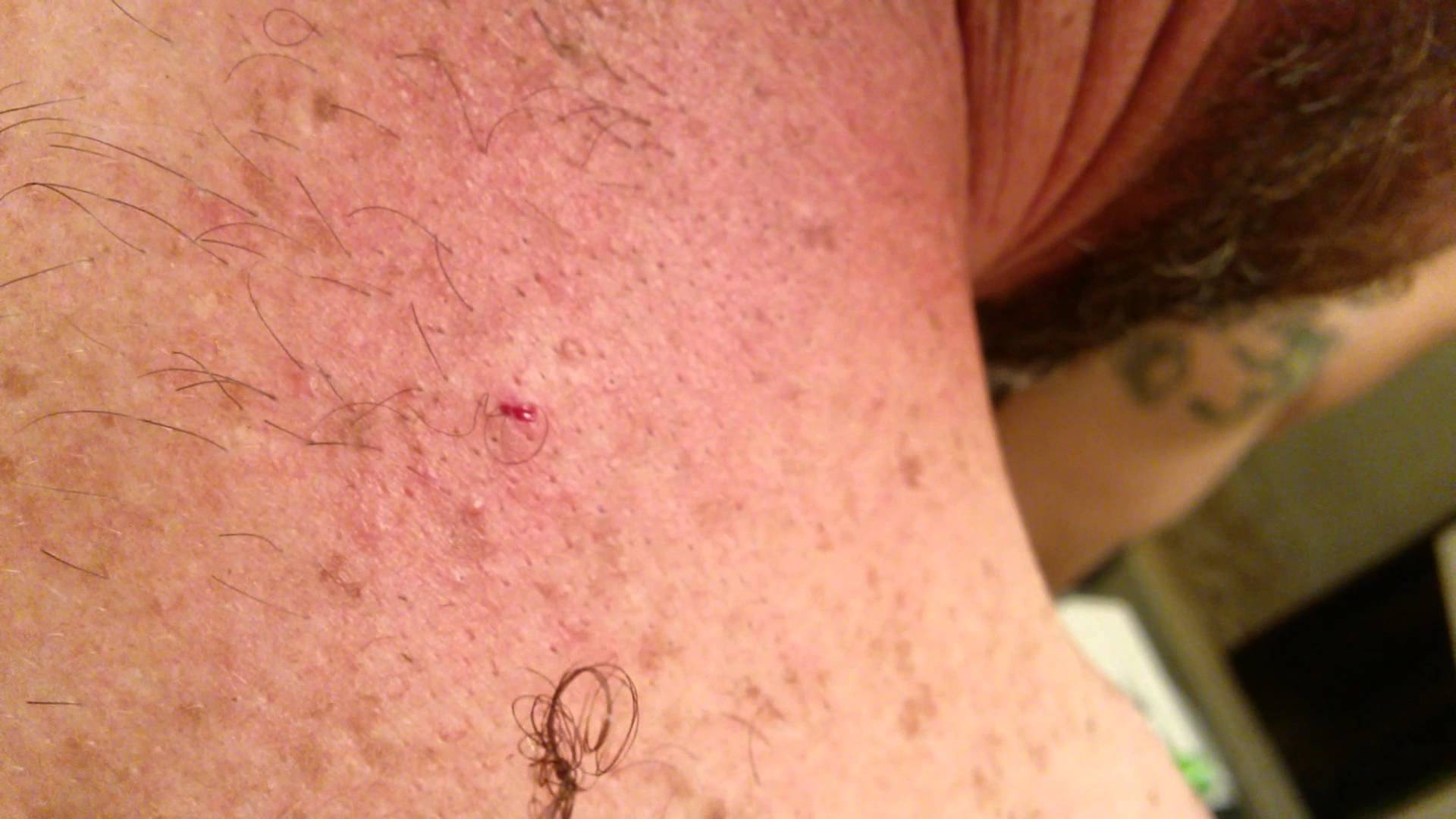


Avoiding shaving altogether is unlikely to be an acceptable option for everyone but steps can be taken to minimise the risk.” A keloid is a scar that overgrows and becomes larger than the original wound.It is not uncommon for a scar to become thick and raised. Pending on if there is scarring from the ingrown hair (unlikely) a laser or topical brightening cream can be used to lighting any pigment changes.The advice is also being given to men who shave their facial hair and are prone to developing the unsightly scars – opting for a beard being the safer option.Dr Mahto, a consultant dermatologist, said: “Keloid scarring occurs more frequently in those with dark or pigmented skin types.“Waxing can cause keloid scarring in those with a genetic predisposition or if an improper technique is used or the wax is not at the correct temperature.“In men prone to keloid scarring, shaving needs to be carried out with care. Dr Anjali Mahto, a spokesperson for the British Skin Foundation, said women with a family history of keloids should avoid shaving or take extreme care to dodge nicks or cuts.Sometimes a topical cream/solution can be applied to clear up ingrown hairs. Individuals with high levels of certain sex hormones can have excessive hair growth, which makes it more prone to ingrown hairs, especially after shaving. According to WebMD, another factor that may lead to ingrown hair on labia and on mons pubis is your genetic make-up.
Always use a clean razor with sharp blades These keloids typically occur just above the female vulva.“Male pubic keloid scars may also occur in the hair bearing area of the pubic region.”Usually through surgery Dr Slupchynskyj is able to remove pubic and genital keloid scars.However less severe cases may be suitable candidates for radiation therapy and topical gels, such as those containing silicone.One such silicone gel is Nourisil™ MD Silicone Scar Gel, which forms a barrier that enables the skin to release moisture at normal levels – thus reducing the amount of collagen produced in the scar area, and helping to both prevent and reduce the effects of keloid scarring.It is often used on scars from medical surgery, wounds and trauma, cosmetic procedures and burns.Peter Batty is general manager for Fagron UK – the firm who produce Nourisil™ MD Silicone Scar Gel, which contains five silicones and vitamin E and helps to flatten, soften and smooth scars, as well as reduce redness.He said: “Keloids are thought to affect around 10 per cent of the population, making it a serious consideration for millions.“A keloid scar is where the skin has suffered a wound and excessive scar tissue forms over it, making it appear a lot bigger than the original injury.“It can be lumpy, itchy, and it some cases discoloured.“In some cases there is no choice but to have a procedure to remove them, but in other cases topical gels can be used to help smooth and fade.”Independent Nursing Practice director Annette Milligan works in Nelson, New Zealand.She said staff at sexual health clinics have seen a surge of young men and women with skin problems from shaving and waxing their pubic hair.She said: “We’re seeing young people developing significant keloid scarring because when the hair grows back it gets itchy and irritated, and ingrown hairs, pimples and nicking the skin leaves the area susceptible to infections.“Some of the waxing techniques and ingrown hairs coming in were also a real worry.“Some of our nurses have seen very nasty cases of thick scarring and young people are ending up with quite damaged groin and pubic areas that don’t look good at all because of the damage to skin.”Six tips from Dr Anjali Mahto, Consultant Dermatologist & British Skin Foundation: They affect between 10 to 15 per cent of people who suffer a wound.But in rarer cases they can grow in the pubic and genital areas of the body.Pubic and genital keloids can have a devastating impact on a person’s self esteem and life in general.Aesthetic surgeon Dr Oleh Slupchynskyj works for the aesthetic institute of New York and New Jersey.Much of his work involves removing pubic and genital keloids.He explains: “As one can imagine, pubic keloid scars can be an embarrassing sight on the body.“In females, pubic keloid scars tend to occur in hair bearing areas due to ingrown hairs. But unlike hypertrophic scars, keloids can develop after very minor skin damage, such as a tiny cut from shaving.Keloid scars typically occur on parts of the body that include the face, chest and back.



 0 kommentar(er)
0 kommentar(er)
